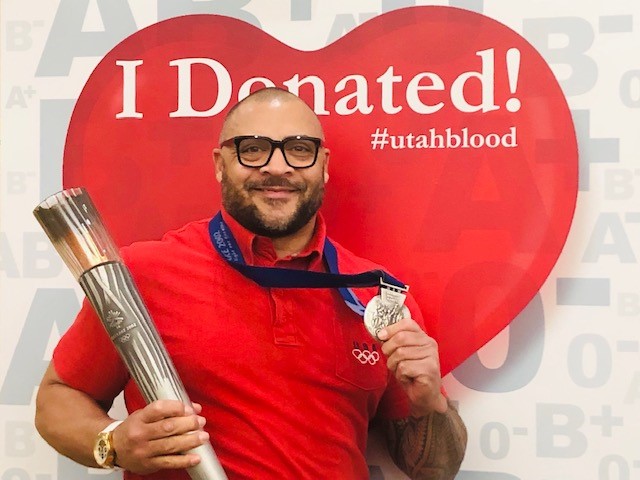
ARUP Blood Services is excited to announce our new Whole Blood Titan program for type O blood donors.
This new program will include blood donors who have low-titer O-positive or O-negative blood types. Low-titer blood contains low levels of ABO antibodies, which makes it ideal for emergency transfusions.
We may opt to transfuse whole blood from low-titer type O donors instead of separating the blood into its three component parts before transfusion, which is our current practice.
We are asking low-titer type O donors to join the Whole Blood Titan program and commit to donating regularly. Selected Whole Blood Titans can commit to donating six times per year, four times per year, or twice per year. They can also volunteer to be called when ARUP Blood Services needs to replenish the blood bank’s supply of whole blood.
Program participants will receive a letter of invitation with program details.
Frequently Asked Questions
“Titer” in this case refers to a laboratory test that measures the concentration of certain antibodies in a blood sample. When someone has a low concentration of ABO antibodies, their blood is considered low titer.
We test the levels of A and B antibodies in every group O donor and invite donors who meet the low-titer criteria to join the Whole Blood Titan program.
Having low ABO antibody levels does not affect your health but provides us with a safer way to transfuse your blood to any patient in need, regardless of their blood type.
Your whole blood may be transfused to trauma patients on the University of Utah’s AirMed helicopter, patients who are severely bleeding in the emergency room, or newborns or neonatal patients in cases of emergency. As a Whole Blood Titan, you are helping us maintain a continuous supply of blood for patients who may need urgent treatment.
A newborn baby may need a blood transfusion for any of several reasons. There may have been bleeding before delivery, or the baby could have an infection. Full-term babies are not able to produce blood cells until one to three months after birth. Premature babies have a lower red blood cell count at birth than do full-term babies, so they often have anemia.
Not all O-negative and O-positive donors are eligible for this program. To be a Whole Blood Titan, a donor must have low-titer type O blood.
Only 5% of the ARUP donor population is likely to meet the criteria to be O-negative Whole Blood Titans.
Only 27% of the ARUP donor population is likely to meet the criteria to be O-positive Whole Blood Titans.
The whole blood transfusion method has been used by the military for decades and is now becoming a more standard practice for trauma centers across the country. The latest research has found that directly transfusing one unit of whole blood to a trauma patient or a neonate can be a life-saving measure because all of the blood components are given at the same time.

"I'm happy to inspire others to donate blood at the gold, silver, or bronze level for such an important program."
Bill Schuffenhauer
Silver Medalist Bobsledder

Only 5% of the ARUP donor population would be eligible to be O-negative Whole Blood Titans.

Only 27% of the ARUP donor population would be eligible to be O-positive Whole Blood Titans.
Special Note:
These designated whole blood units can be used up to 21 days postcollection. However, whole blood units that will be given to neonates can only be used up to seven days after collection.
